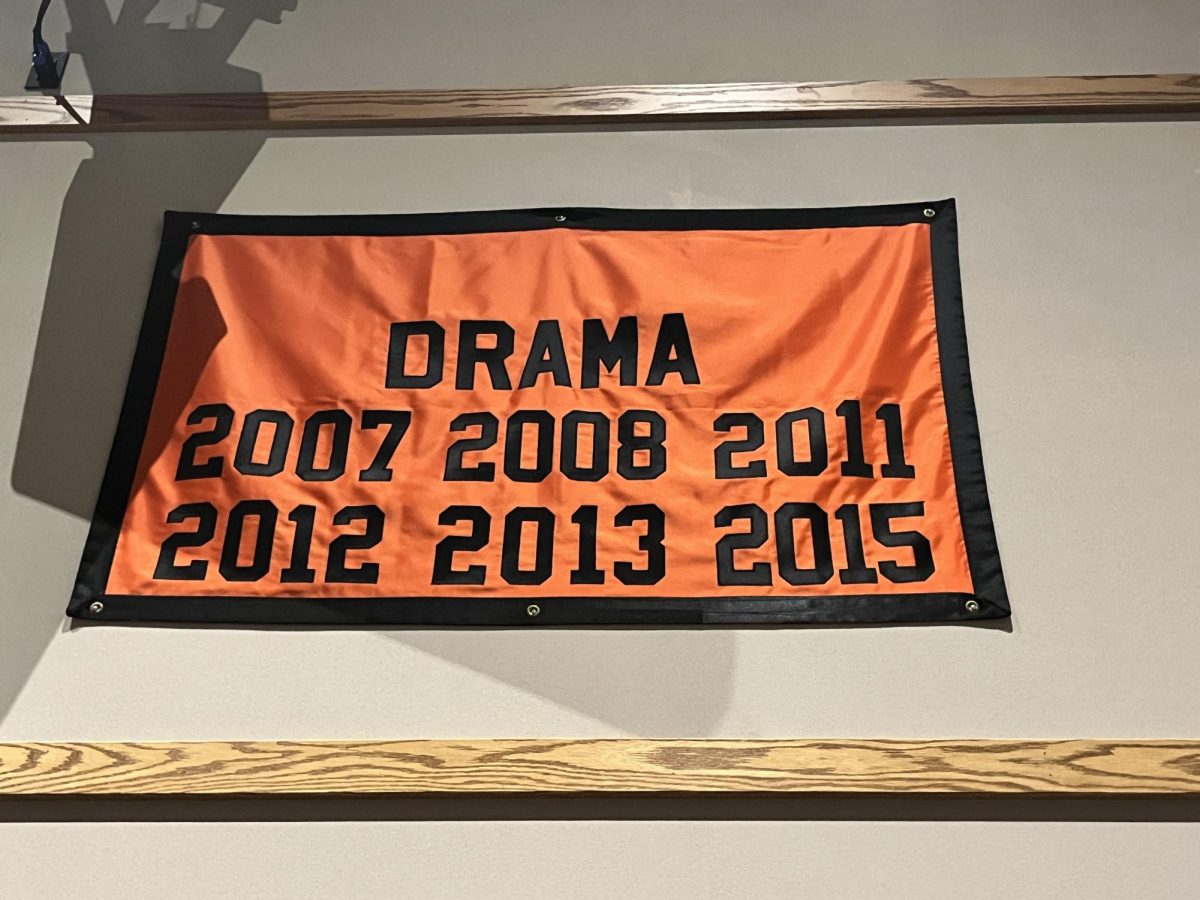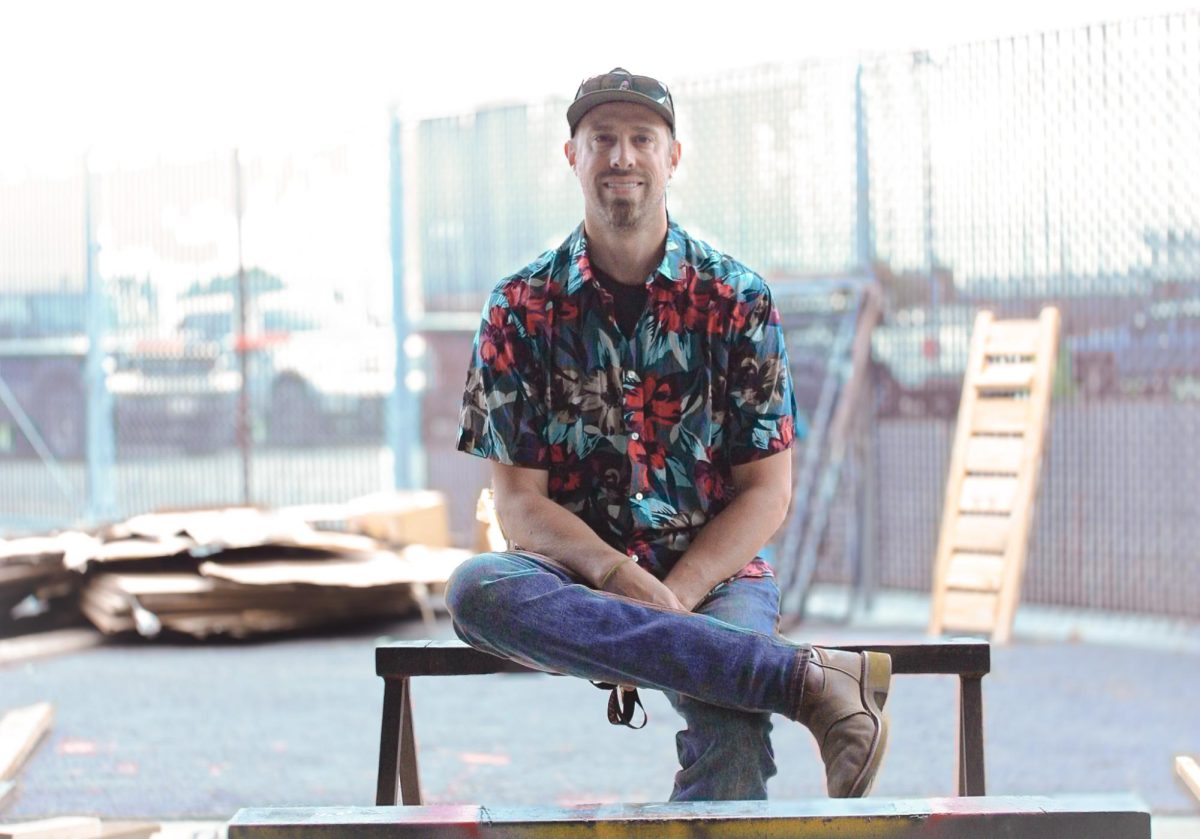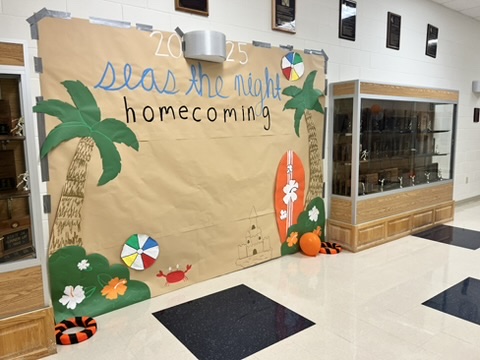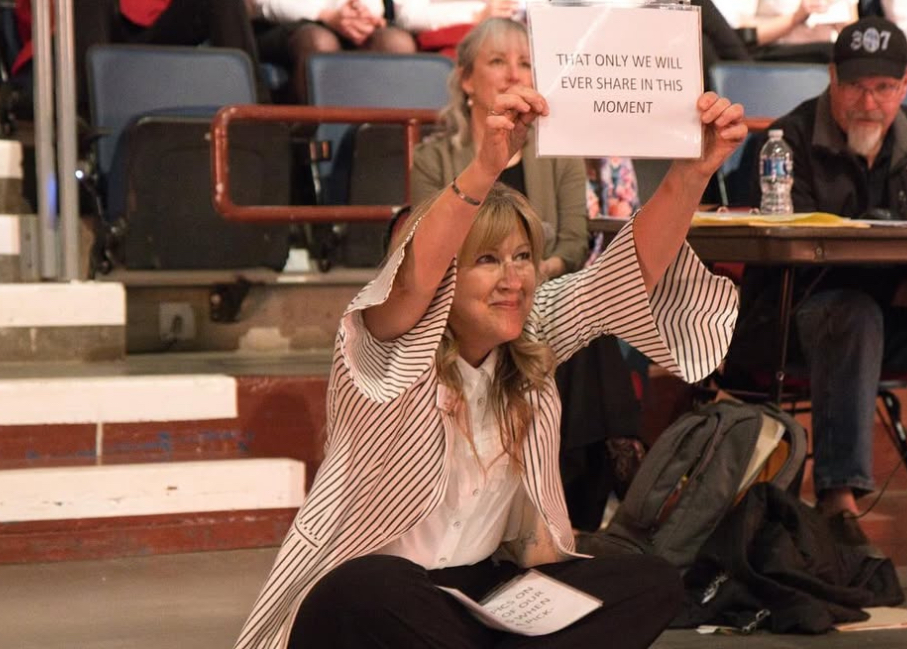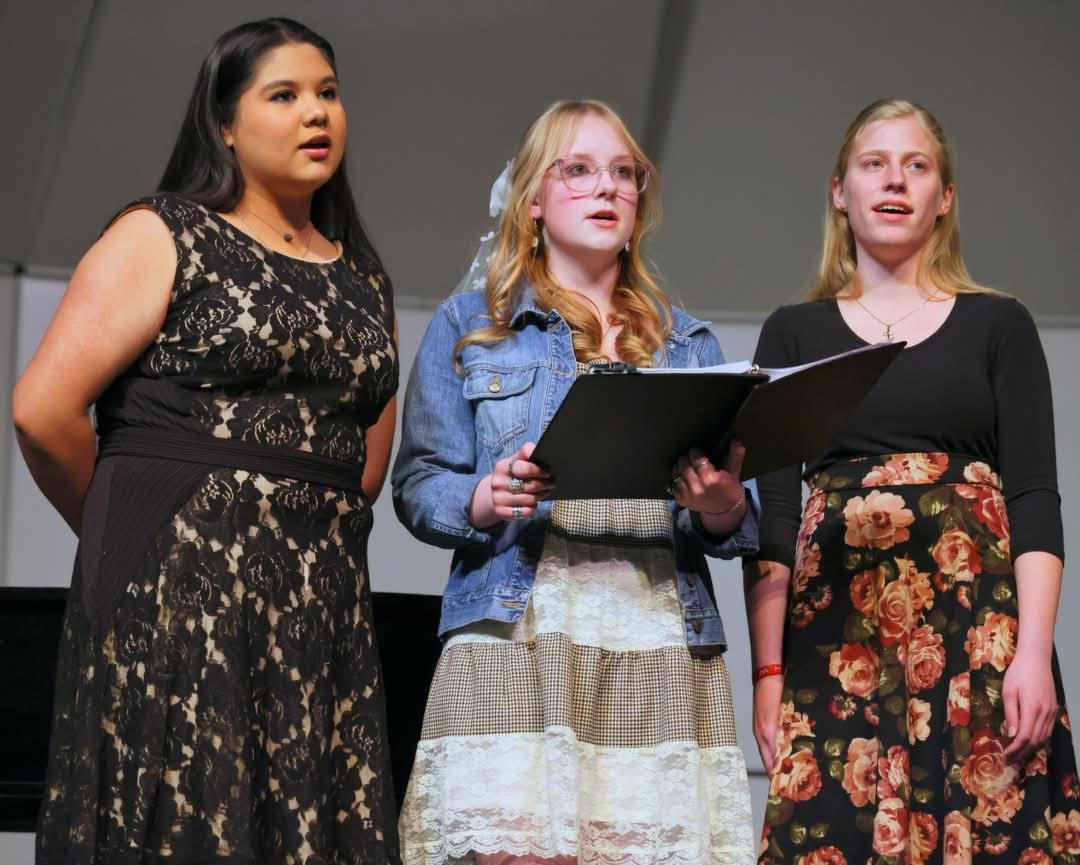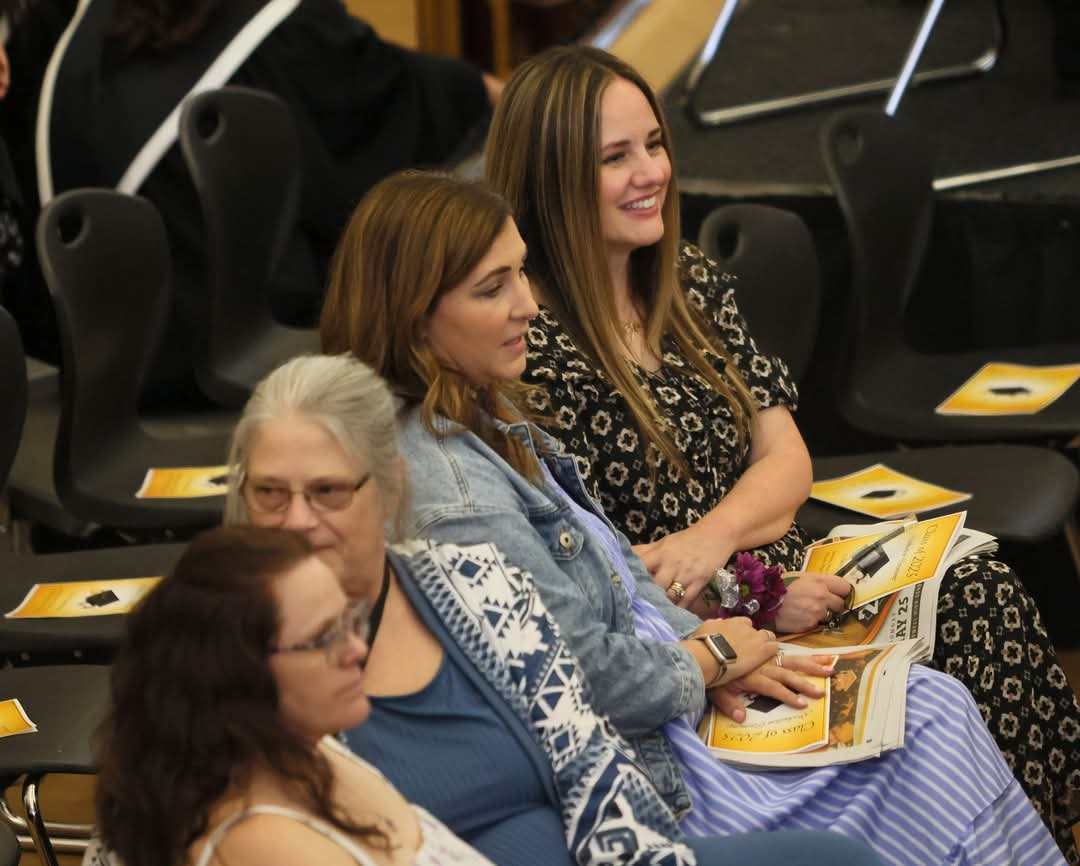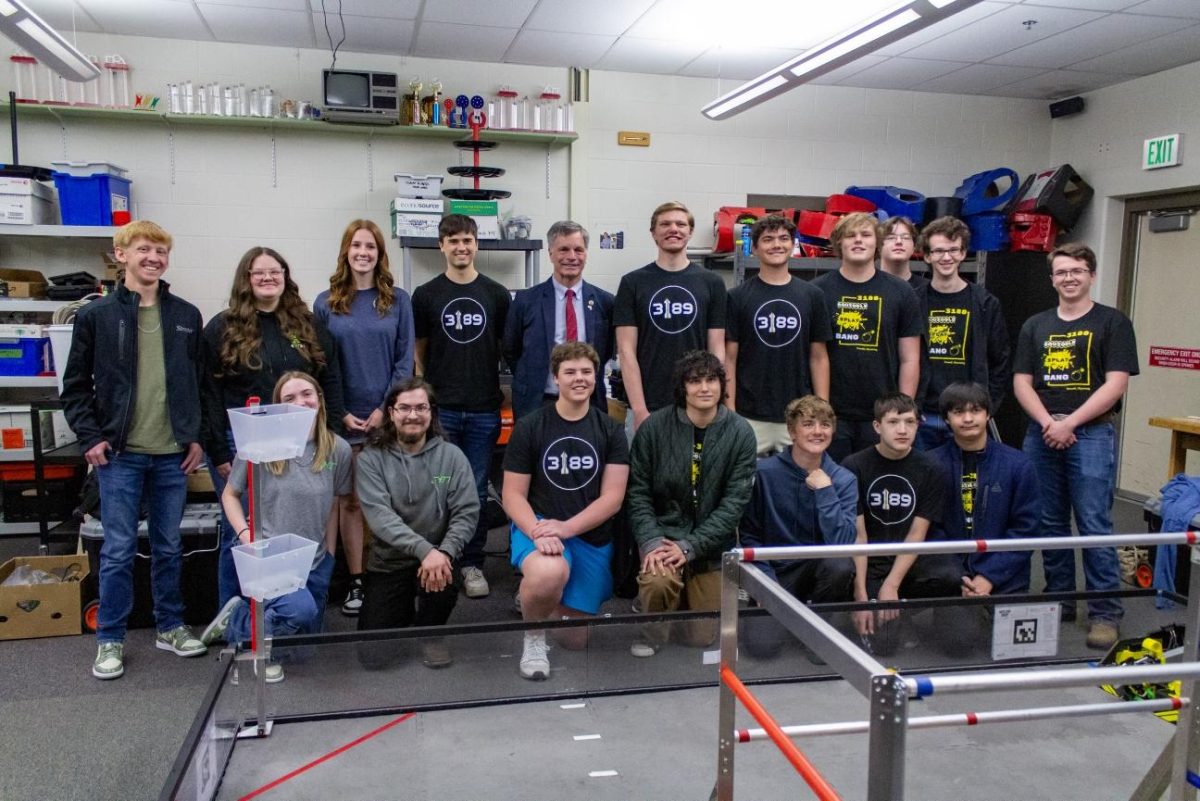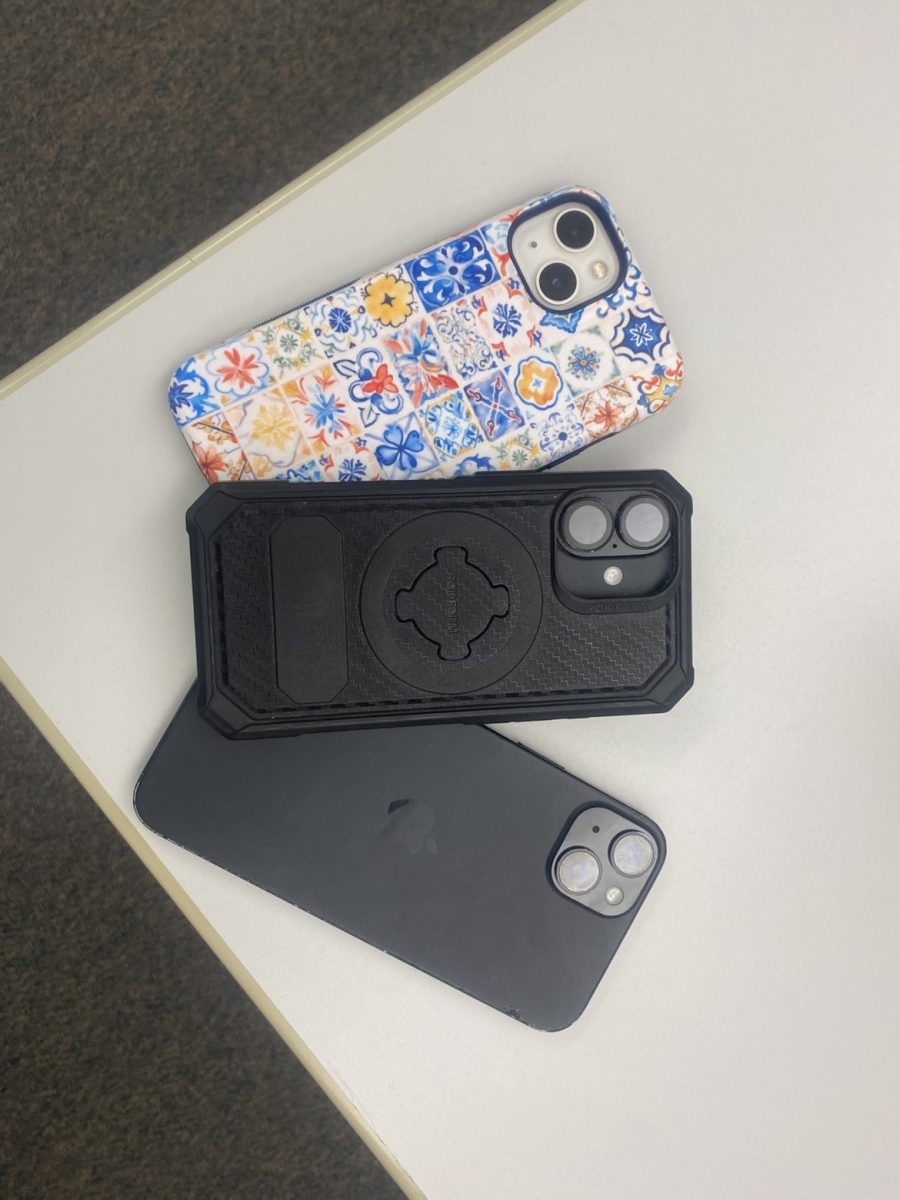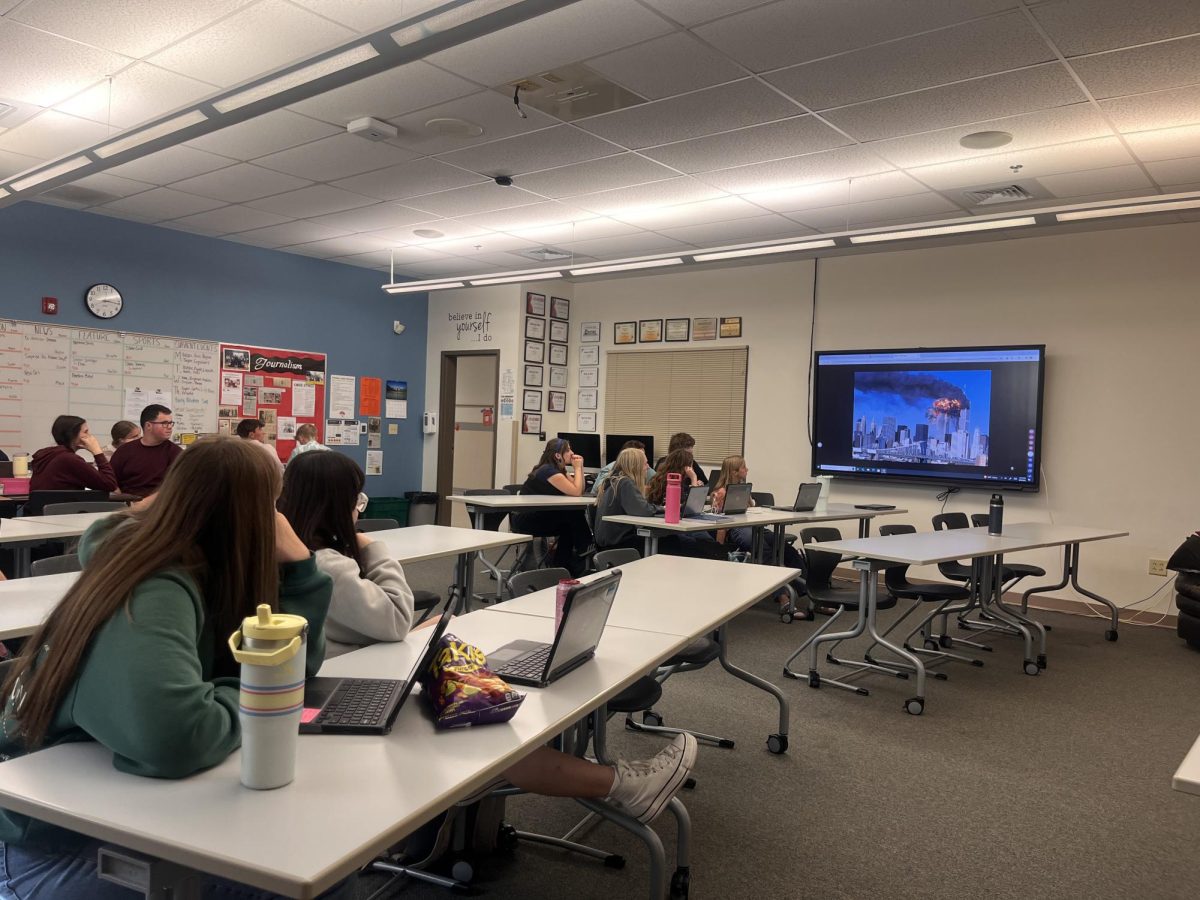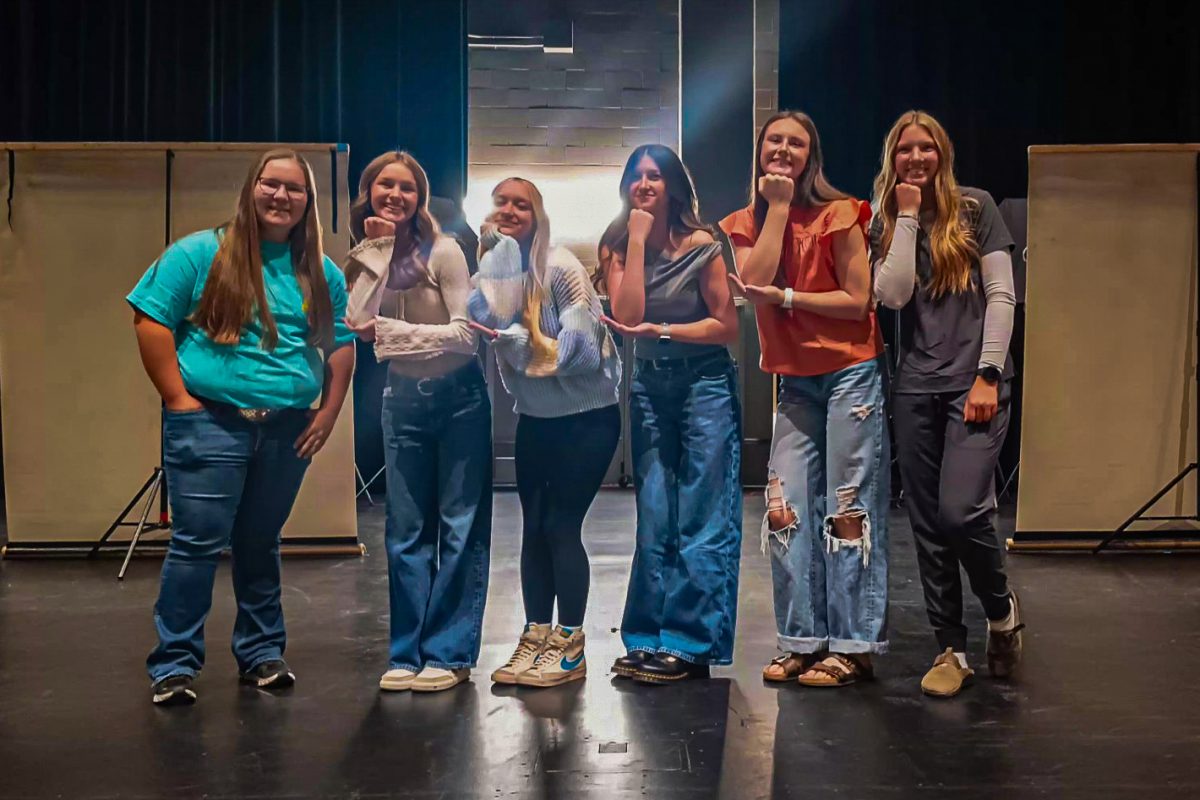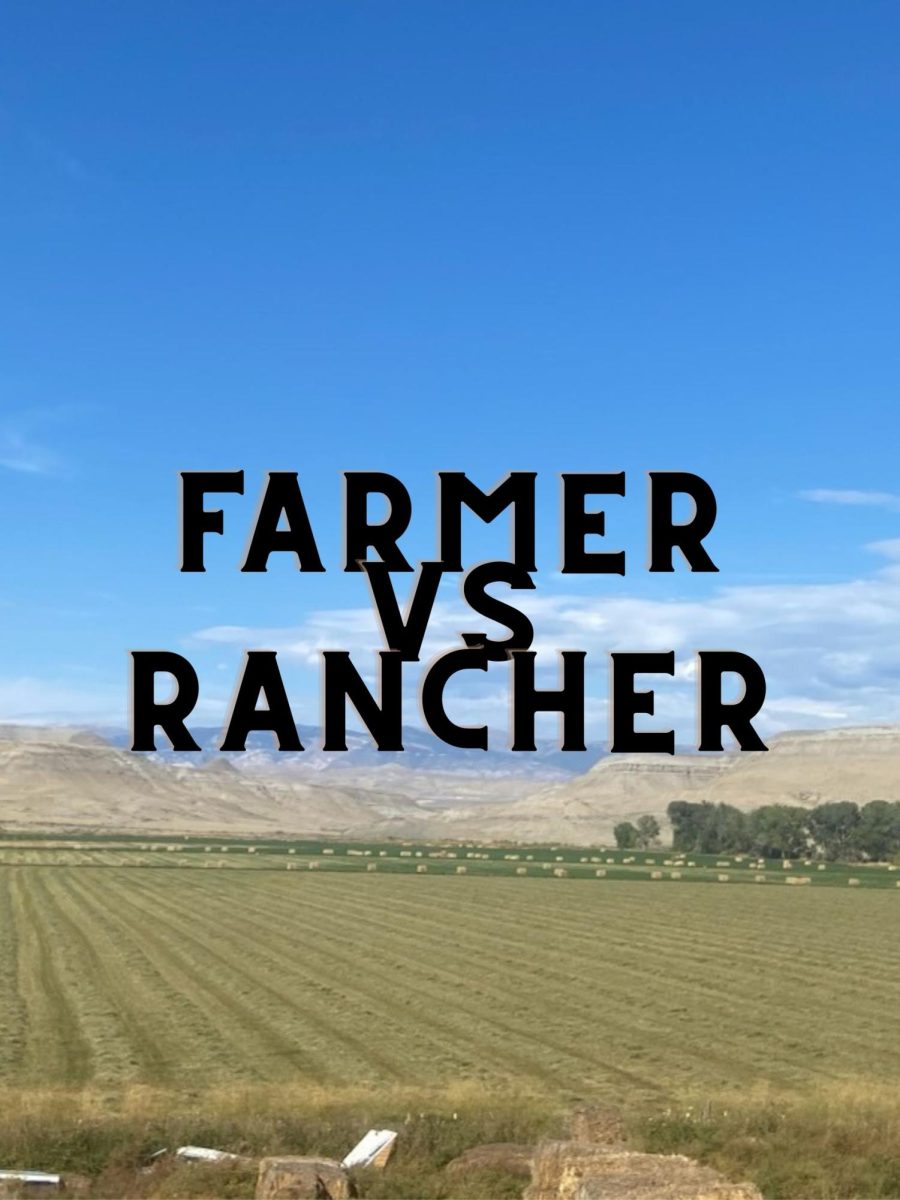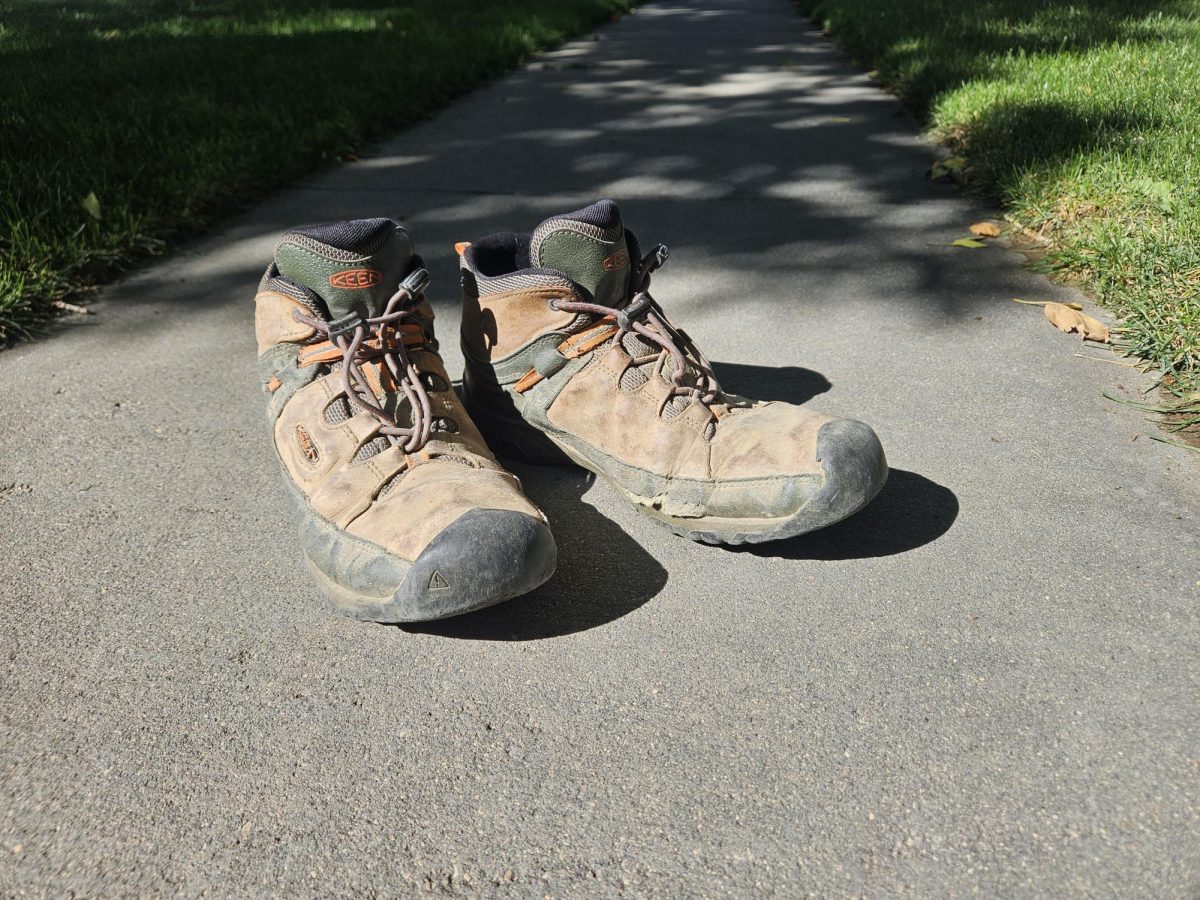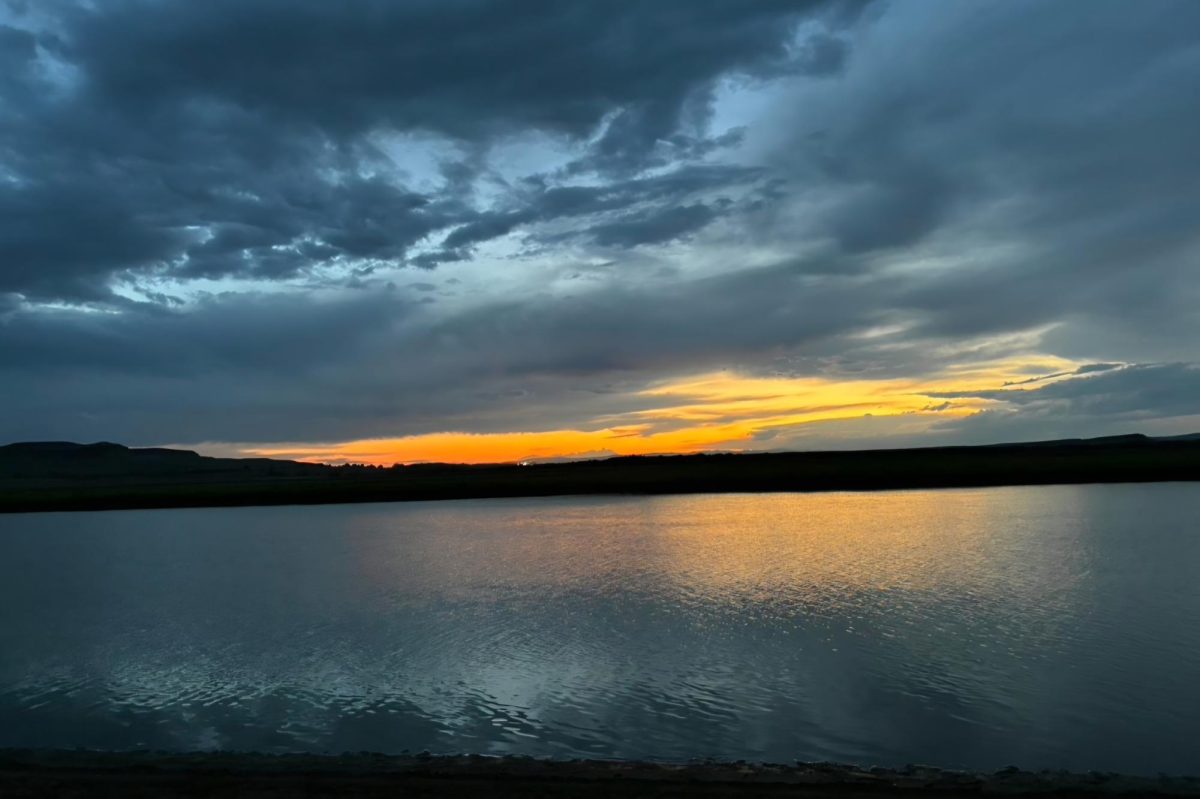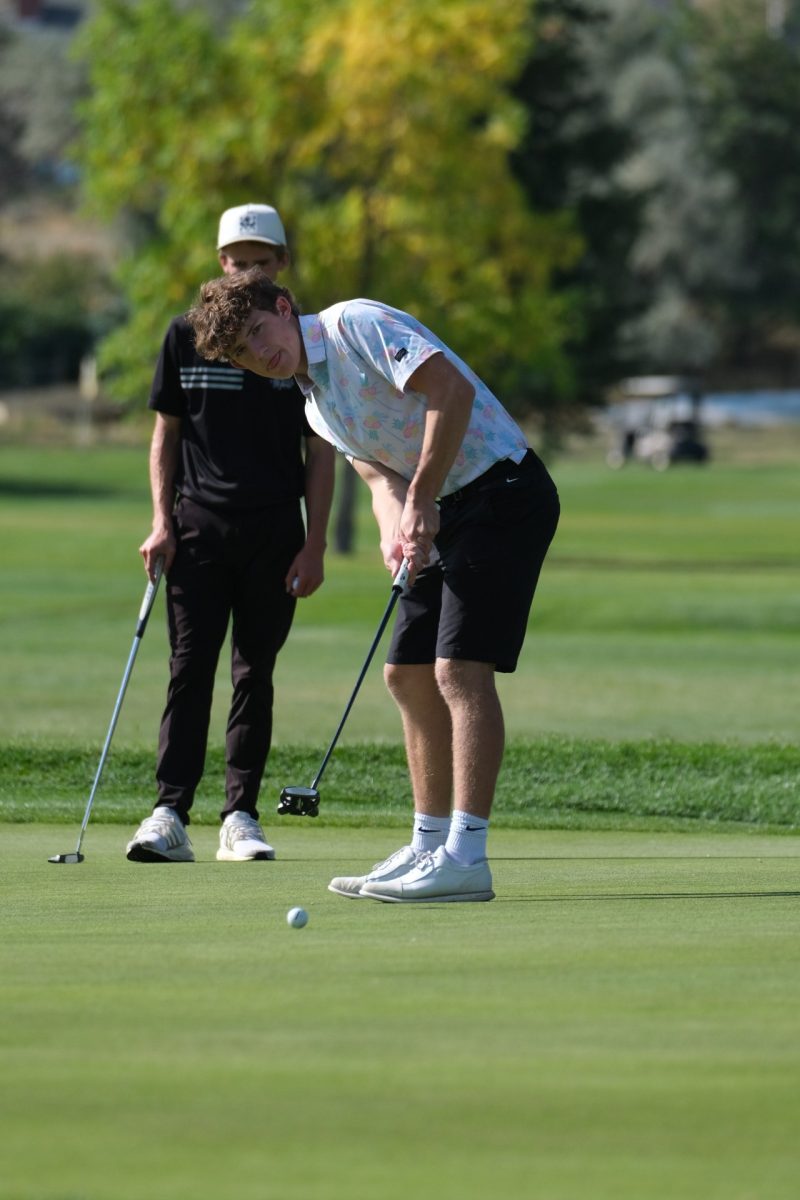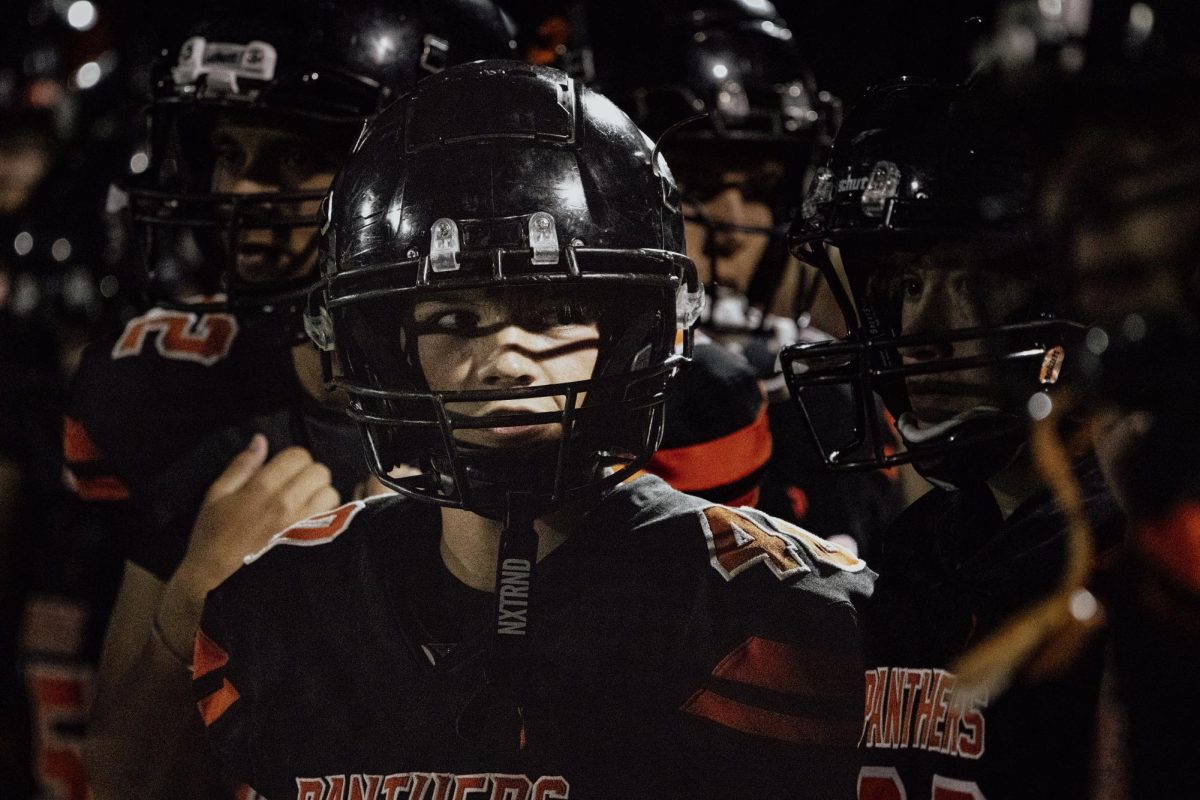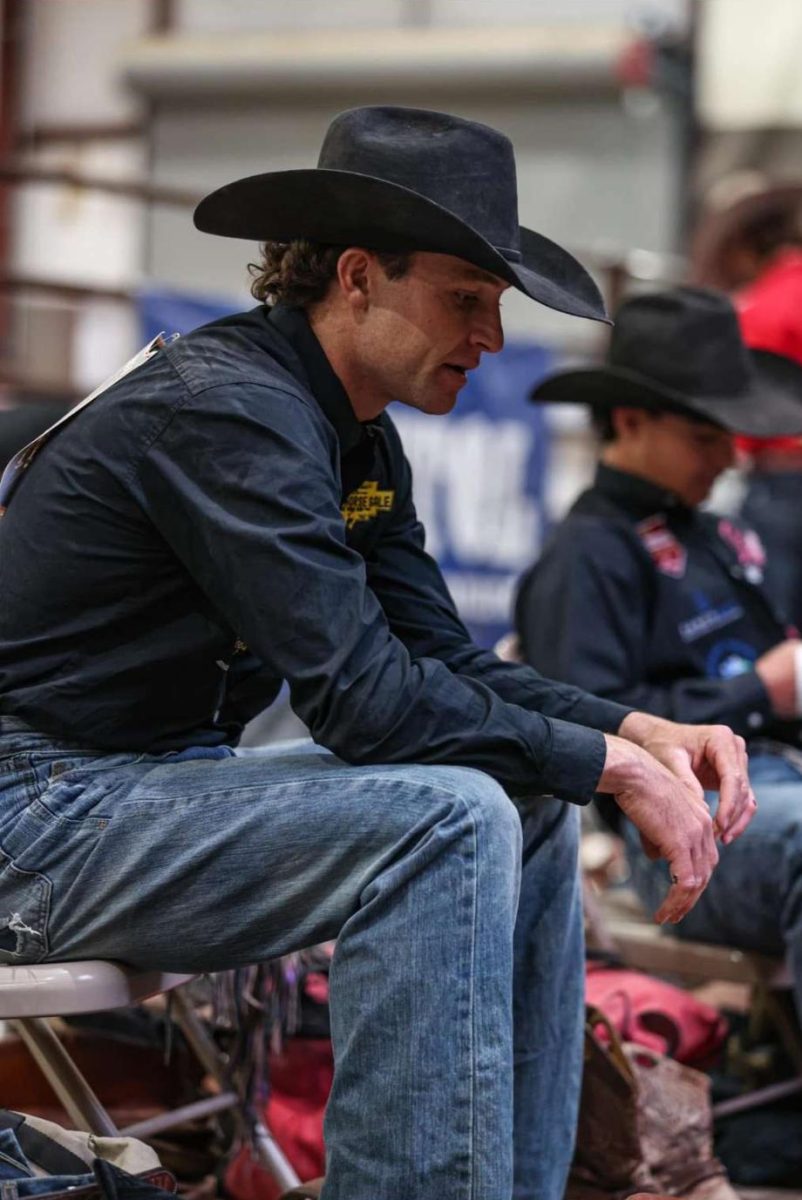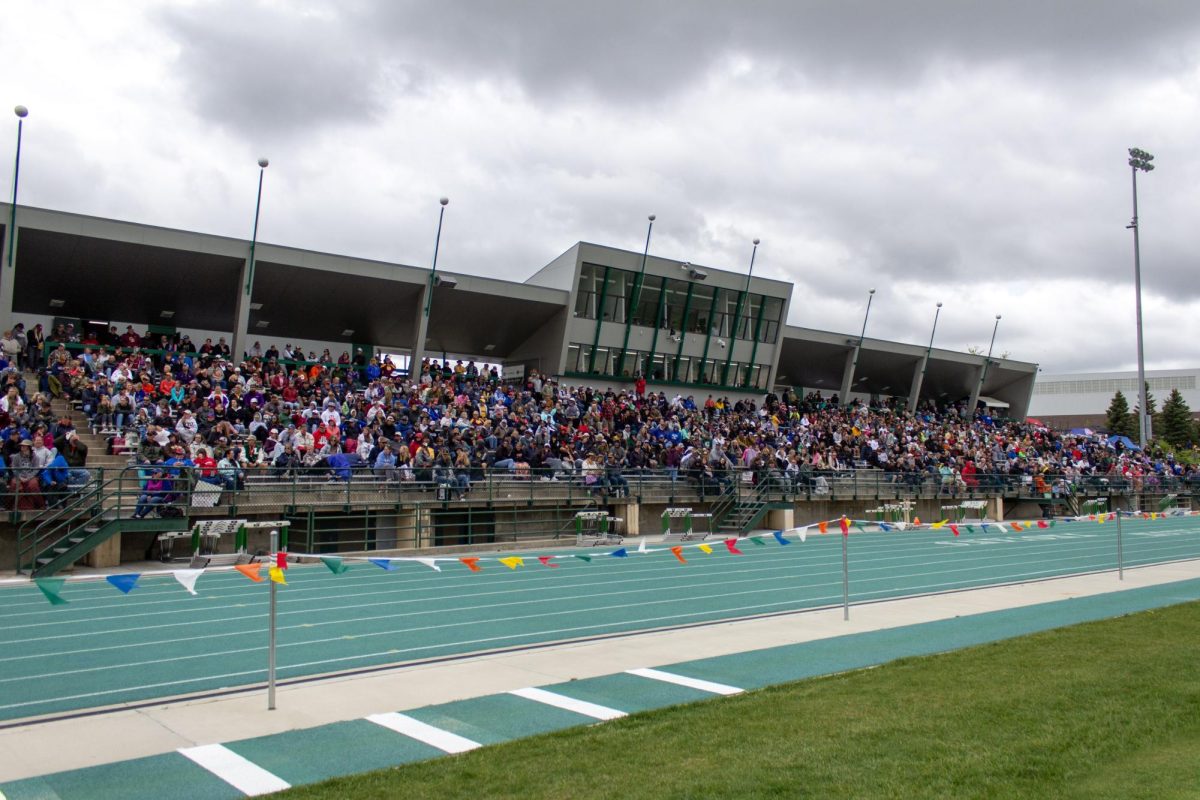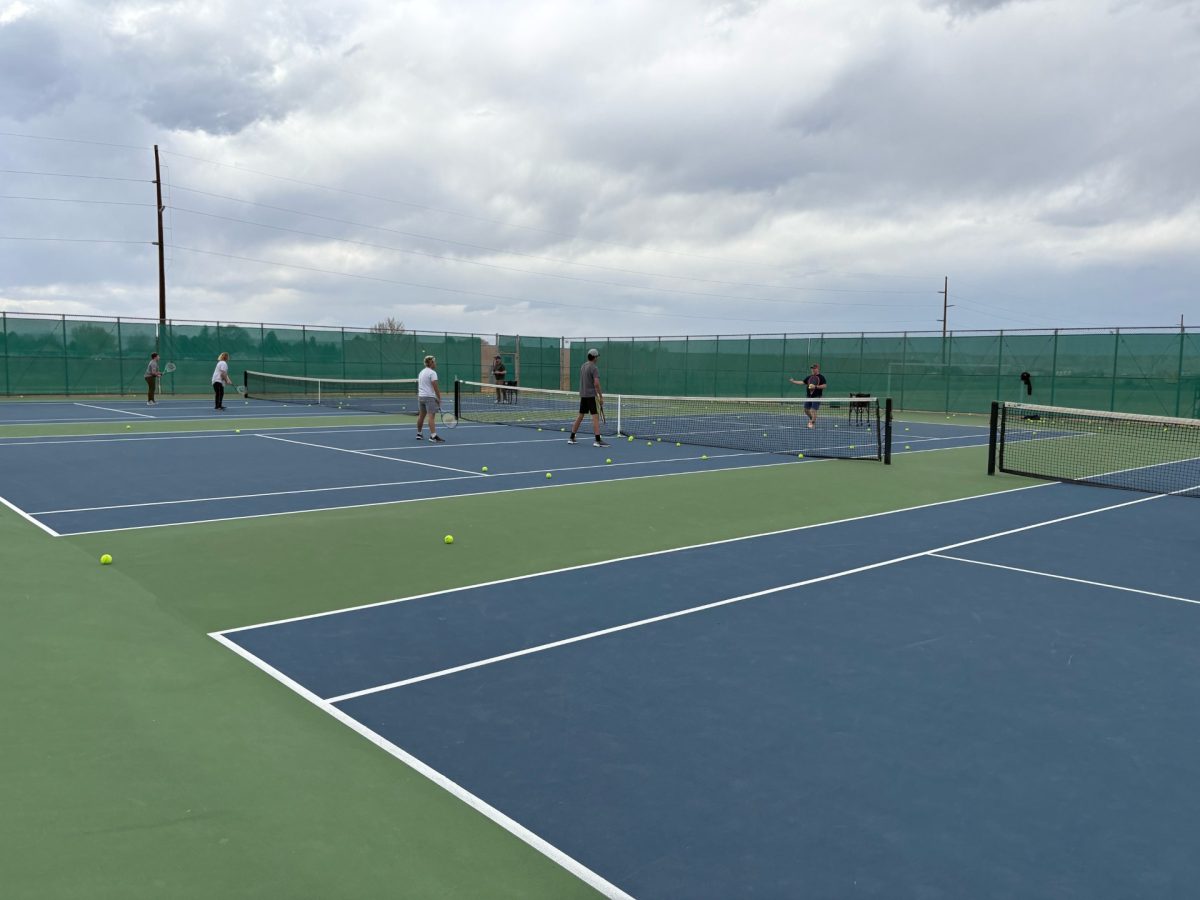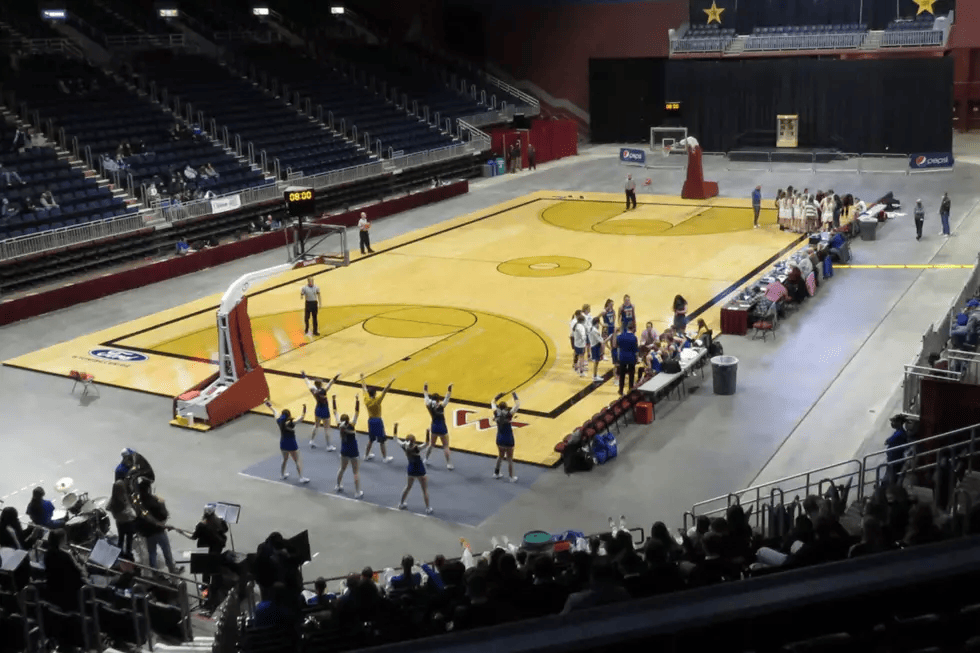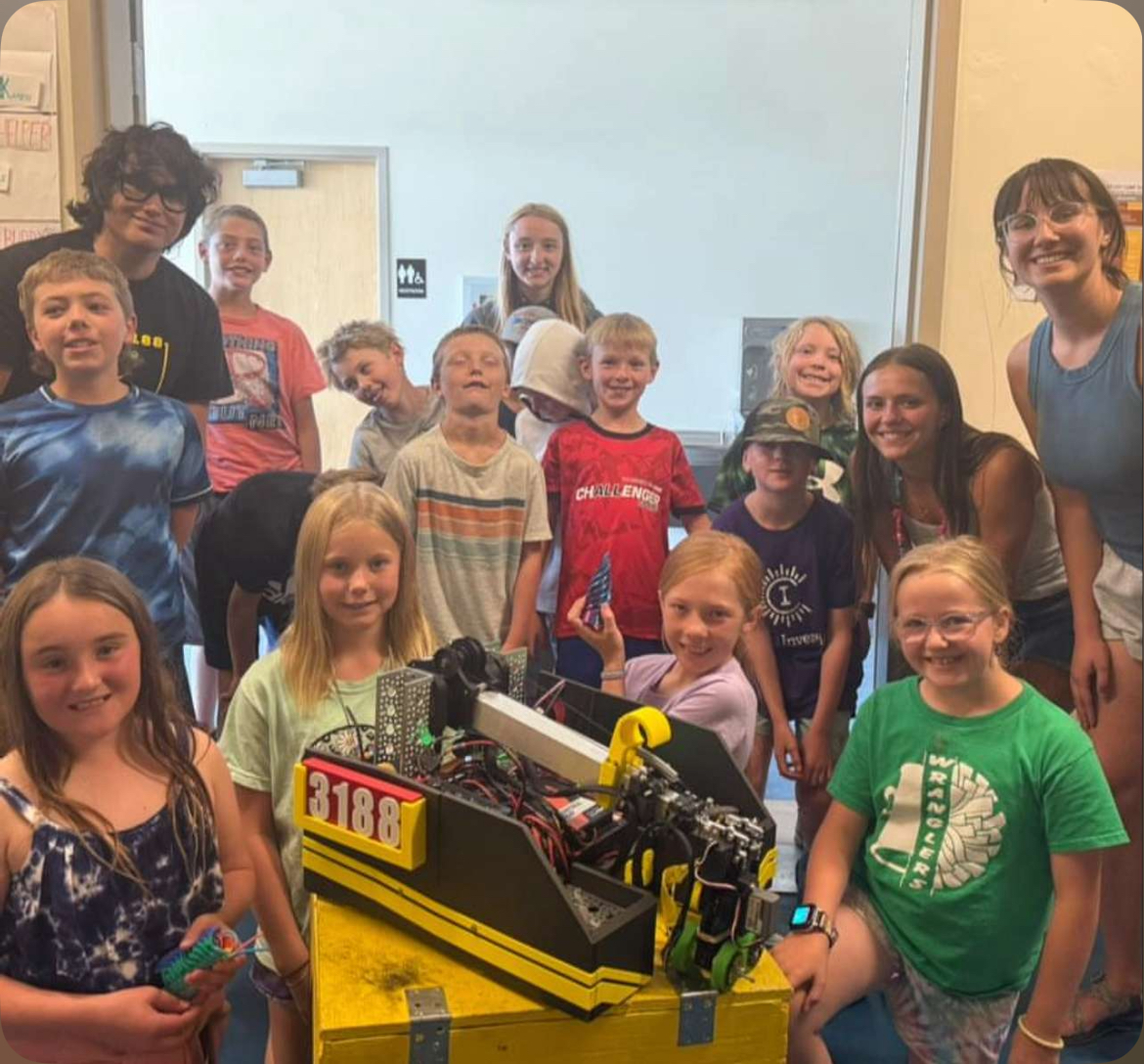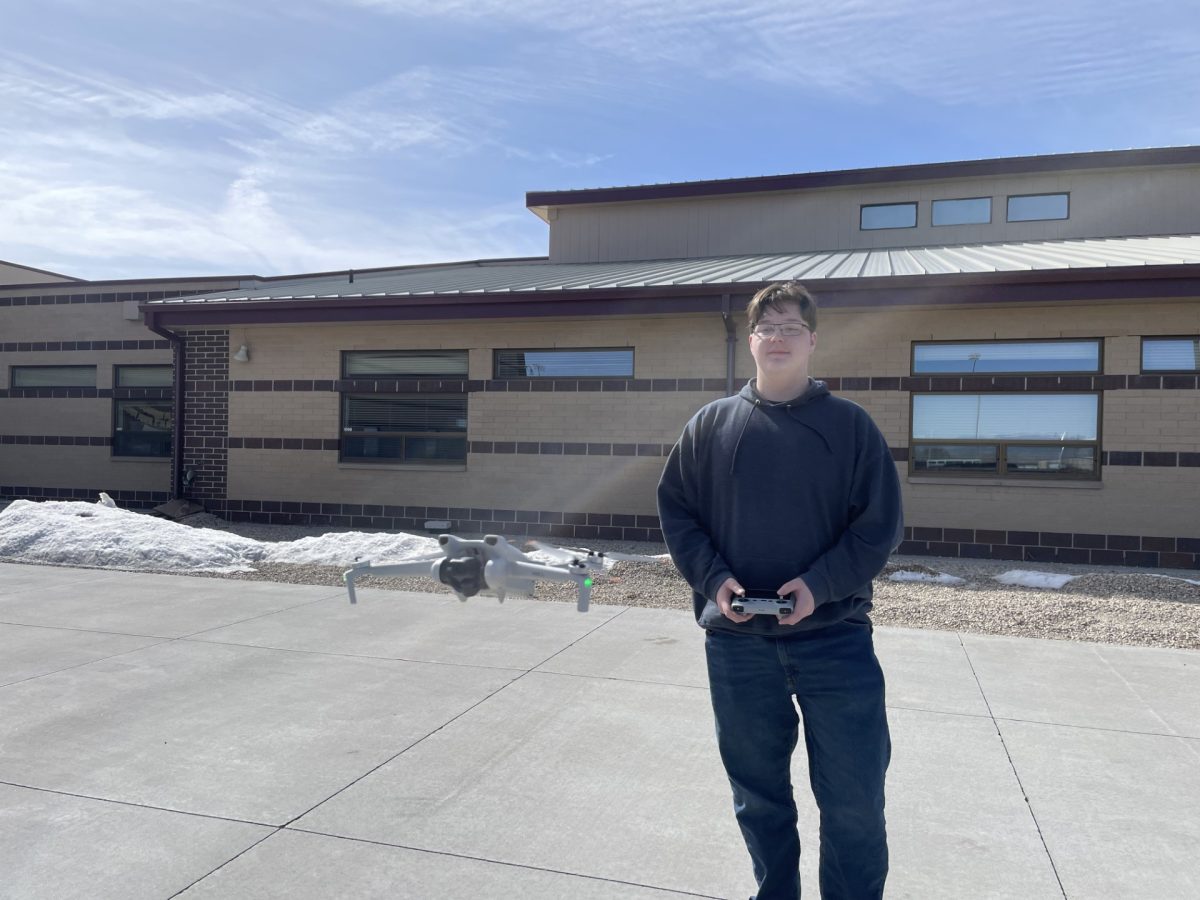When Powell High School students finish Robotics 1-4 classes, most tend to take Robotics 5. During Robotics 5, the students are required to take a drone certification test. Students passing the class earn their Commercial Pilots License.
Some robotics students have considered careers in drone flying. Wyoming has several options, including real estate surveys, utility surveys, and running fertilizer drones for Rantizo, an ag-tech company based in Iowa.
“Yeah, I have thought about it,” junior Brighton Streeter said. “If I were to go into a career with drone piloting, I would probably try to do something like freelance real estate.”
Instead of considering drone piloting as a career, other Panther Pilots think drones are better suited to hobby flying.
“I’ve actually thought about it,” junior Mason Coombs said. “It was a big dream of mine as a child to fly planes and things like that, but mostly right now, I just think I’m gonna use [drones] kind of as a side gig, or just really as a hobby.”
Panther pilots find there are both challenges and bonuses to drone flying.
“Memorizing for the [Robotics 5] test that you have to take at the end of the year,” Coombs said. “That’s probably the hardest part of drone flying.”
One of the requirements of flying drones in Robotics 5 is to complete a flight log for each flight in case of an accident. While it is necessary, sometimes it’s the least favorite part of drone flying.
“I would say probably the flight logs,” senior Jacob Harms said, identifying his least favorite aspect. “I don’t like filling them out.”
Other pilots find cost the bigger challenge. Good quality beginner drones can start around $200, and the more advanced hobby drones can cost as much as $5,000.
“Everything is expensive,” Streeter said. “Especially… if you’re just trying to upgrade stuff to get the next best thing.”
Senior Dexter Opps, one of the Panther pilots who graduated from Robotics 5, recommends “understanding all the rules and regulations on when you can fly and where you can fly for the final test.”
Panther pilots get their inspiration to fly from diverse places.
“Well, I see they help [a] lot people, like the firefighting and crop fertilizers,” Harms said. “They use drones for things like fires and stuff. I thought that was pretty cool.”
Other pilots caught the drone-flying bug during their childhoods.
“When I was little, my parents bought me a tiny drone,” Streeter said. “And I just started flying it around my backyard.“
Sometimes, it’s all about the view. Mason Coombs likes being able to fly and see things from different angles.
“So I’ve always just thought that drones were really cool,” Coombs said. “And you could really just get new perspectives on everything.”
Panther pilots have different opinions on the use of drones, but all agree that the thrill of flying drones is well worth the effort.
“The feeling of flying,” Streeter said. “It’s kind of a weird thing to say but, like, it is… relaxing.”

